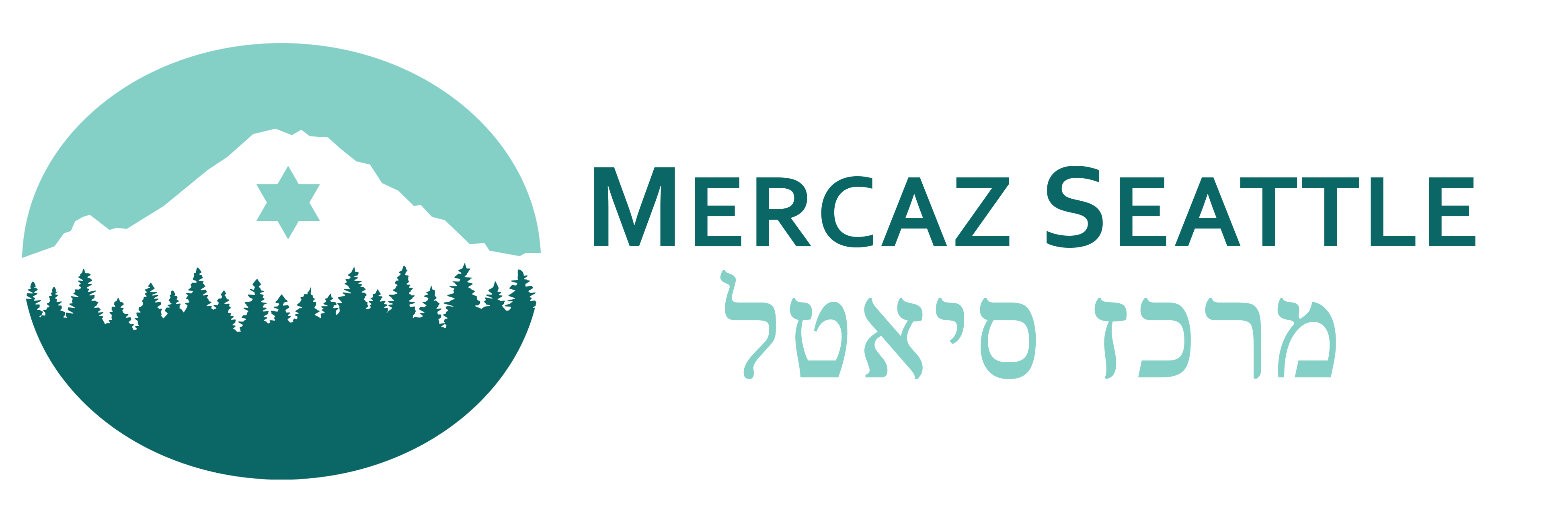BS”D
Havdalah Time Calculation for Mercaz
Shimon Dershowitz
7 Elul 5780
For the convenience of the Northend community, Mercaz has printed refrigerator magnets with Candle lighting and Havdalah times. These times were implemented by Isaac Cohen using the MyZmanim API toolkit, based on the opinion of Rabbi Rosenfeld. This page attempts to summarize the halachic and scientific basis of these calculations.
- Tzaitz ha’Cochavim – end of day fasts, earliest time for shema and seder – 5.95 degree solar declination.
- Havdalah – end of Shabbos and holidays, earliest time to say Havdalah (after maariv or saying “haMavdil ben Kodesh l’Chol”) – 7.083 degree solar declination.
Halachic Basis
The Mishna and Gemorah describe three time periods
- Day, which ends at sunset,
- Twilight, the period after sunset, and
- Night, the period after twilight.
Shabbos ends (and Havdalah can be said) when night begins. This time is referred to as Tzaitz ha’Cochavim. It is a mitzva (Tosefta Shabbos) to add a little to Shabbos, and therefore Havdalah is frequently set a little later than the exact time of Tzaitz ha’Cochavim.
Tzaitz ha’Cochavim is variously described as occurring (Talmud Shabbat 34b, 35a,Megilah 20b; Jerusalem Talmud Berachot 4a):
- At sunset (i.e., the length of twilight is just an instant) R Yosi
- When red disappears from the sky
- When the sky is as dark near the horizon as it is elsewhere R. Yehuda
- When three stars are visible in the sky
- After sunset, the amount of time that it takes to walk ¾ mil (2250’) R Yehuda
- One tenth of the day after sunset.
After Tzaitz ha’Cochavim, one may perform mitzvos that must be performed at night, including Havdalah, Shema, Sefirat haOmer, Chanukah candles, starting the Seder, and ending fasts (except for Yom Kippur). www.ou.org
Implementation
The practical implementation of Tzaitz ha’Cochavim requires interpretation of the words of the sages, assumptions such as what color “dark” is, and an algorithm to implement it. The algorithm must consider the time of year, pedestrian velocity, the location on the globe, and the elevation mASL.
Opinions regarding the time to walk ¾ mil range from 13.5 to 72 minutes. The Gr’a and the Alter Rebbe both agree that it is 24 minutes, and this is widely accepted in the Orthodox world (see e.g., Igros Moshe). Based on this opinion, Tzaitz ha’Cochavim occurs at the time when the sun is 5.95 degrees below the horizon (“solar declination”). Note that both The Gr’a and the Alter Rebbe lived in far northern latitudes and were thus aware that in the summer it may be minutes or hours after 5.95 degrees before the sky is dark. Interestingly, 5.95 degrees is defined by the US Naval Observatory as the end of “civil twilight”. Tzaitz ha’Cochavim based on 5.95 degrees is widely used for the end of fasts, as there is no mitzvah to make fasts longer than necessary!
The time when Shabbos ends should be a little later than Tzaitz ha’Cochavim. One popular approach is to base this on when three medium stars are visible to the naked eye. This has been calculated as when the sun is 7.083 degrees below the horizon (referenced as 30 minutes as degrees by Chabad.org. cf. Melamed L’Ho’il . This calculation is just a little later than 5.95 degrees and avoids the Tircha deTzibura (inconvenience to the community) that many other opinions could cause, particularly at northern latitudes. This approach has been used by Chabad for the Seattle North End for over 30 years. Unity is very important, therefore Rabbi Rosenfeld has decided Mercaz will follow this same opinion.
Alternative Approaches
Not surprisingly given the above, Jewish Calendars and web sites provide an abundance of alternative Tzaitz ha’Cochavim opinions. For example, Eleven alternatives for Tzaitz ha’Cochavim are listed at www.myzmanim.com, each with solid rabbinical basis.
In the 18th, 19th and 20th centuries clocks were widely available, but computers were not. Therefore, it was most common to use a fixed number of minutes after sunset to approximate Tzaitz ha’Cochavim. Fixed times of 42, 46 and 50 minutes after sunset are approximations attributed to “The Geonim” and to Reb Moshe Feinstein. Fixed 72 and 90 minute opinions are ascribed to “Rabenu Tam”, and are particularly popular in Hungarian, Yemenite, and Moroccan communities. In the continental USA, even 42 minutes is always later than 5.95 degrees and therefore provides Tosefta Shabbos year round (OU Torah) .
HaRav Tukachinsky lived in Israel during the twentieth century and did exhaustive, scientific astronomical measurements. He determined that Tzaitz ha’Cochavim should be calculated as 8.5 degrees after sunset (Reference of Measurements in Halacha). This opinion has been widely accepted in Israel and is increasingly accepted in the USA. Chabad recently adapted this opinion as the default for Chabad.org In Seattle due to our northern latitude, this opinion delays Havdalah by 10-15 minutes in the summer months.
For a more complete and scientific explanation, see Levi, Leo (1963) On the Astronomical Aspects of Twilight in Halacha, in Intercom, the Journal of the Association of Jewish Scientists of America, Vol 5, April, pp 8-14.

